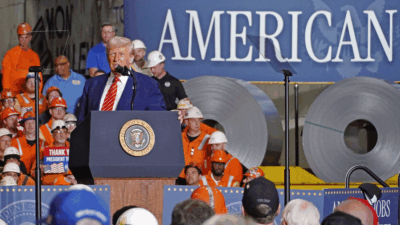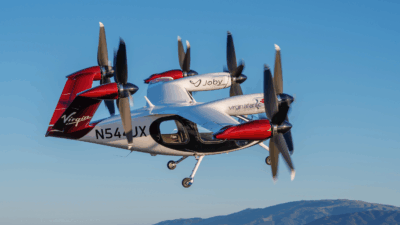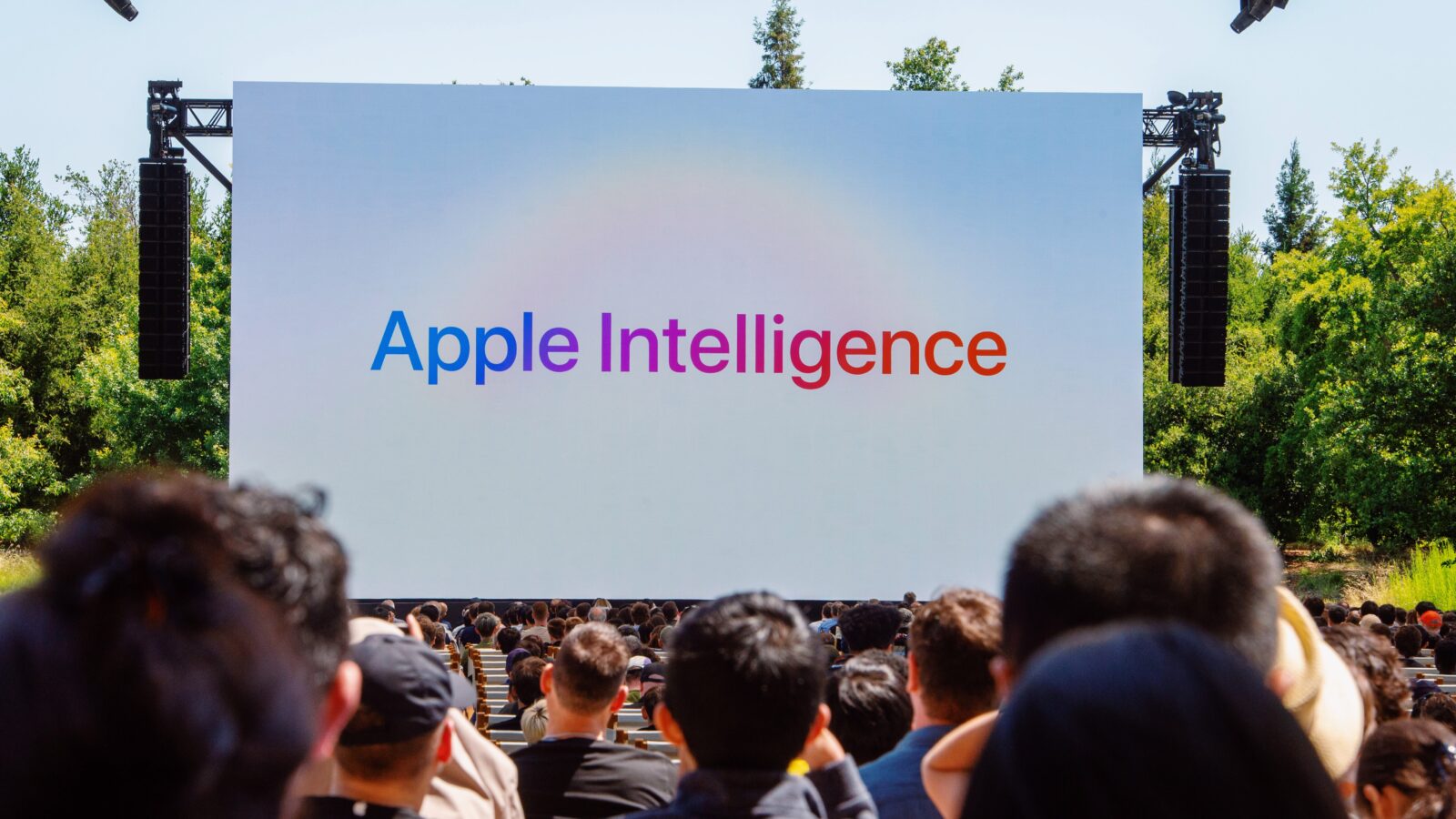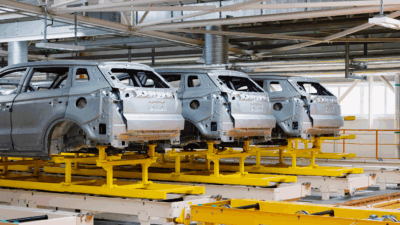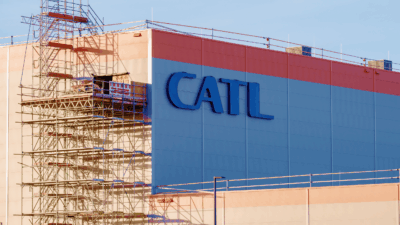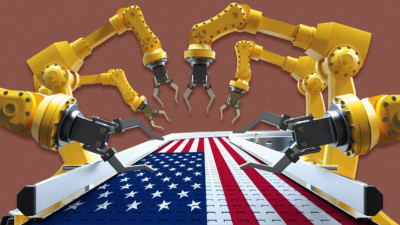
Sign up for smart news, insights, and analysis on the biggest financial stories of the day.
Demand for rideshare apps in America is back in a big way. But Uber and Lyft are short on a key piece of the puzzle: drivers.
In an attempt to fix the driver shortage, Uber introduced its own “stimulus package” on Wednesday, throwing incentives at contractors in the hope they’ll take the wheel again. Lyft already has its own package underway.
“Who’s Gonna Drive You Home Tonight?
Drivers have been in short supply for a multitude of reasons, ranging from concerns over personal safety to the reality that many secured different jobs when demand fell during the pandemic. Maybe Amazon called.
All told, the number of app-based drivers in Q1 was down 40% vs. last year, according to Apptopia. And that has led to what Uber described as “unreliable” service for customers:
- According to the Financial Times, wait times were so long in Minneapolis that one Uber customer wasn’t sure if drivers had gone on strike.
- Compounding the problems is a recent app change that gives drivers more visibility into the nature of a trip, meaning drivers can “cherry-pick” fares based on preference. In California, that has meant one-third of drivers are turning down 80% of fares offered.
After a year of pandemic life, Lyft CEO Logan Green likened the task of getting drivers back on the road to “turning the Titanic.”
And so the two rideshare firms put big offers on the table:
- Uber’s stimulus package totals $250 million and will boost incentives for its drivers in the U.S.
- Lyft is giving out $800 bonuses to those who refer former drivers back to the app, and paying out extra if it’s more than a nine minute drive to pick up a passenger.
Harry Campbell, a writer who covers the gig economy, told the FT, “It really did remind me of the early days of Uber and Lyft when they were sort of throwing money around left and right.”
Longing for the Days of Less Unprofitability: Uber and Lyft have both famously never turned a profit. Then came 2020: Uber lost $6.7 billion, Lyft lost $1.8 billion. The hasty return in demand is a sign of hope, though, both for their business model and the reemergent U.S. economy.

